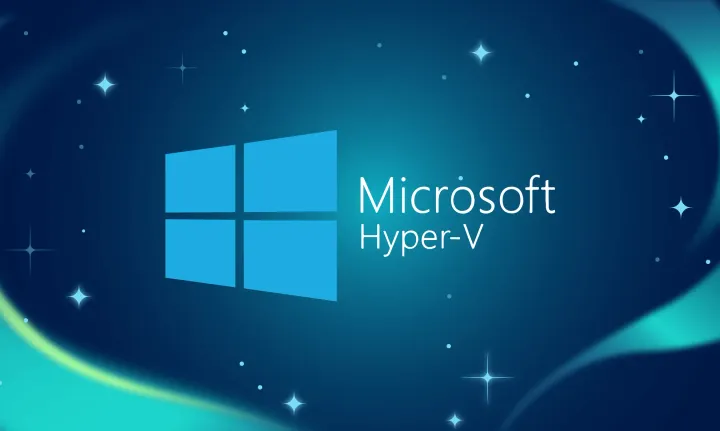Using a WCF Message Inspector to extend AppFabric Monitoring
I read through Ron Jacobs post on Monitoring WCF Data Services with AppFabric
What is immediately striking are 2 things – it’s so easy to get monitoring data into a viewer (AppFabric Dashboard) w/ very little work. And the 2nd thing is, why can’t this be a WCF message inspector on the dispatch side.
So, I took the base class WCFUserEventProvider that’s located in the WCF/WF samples [1] in the following path, \WF_WCF_Samples\WCF\Basic\Management\AnalyticTraceExtensibility\CS\WCFAnalyticTracingExtensibility\ and then created a few classes that project the injection as a IEndPointBehavior
There are just 3 classes to drive injection of the inspector at runtime via config:
- IDispatchMessageInspector implementation
- BehaviorExtensionElement implementation
- IEndpointBehavior implementation
The full source code is below with a link to the solution file here: [Solution File]
using System; using System.Collections.Generic; using System.Linq; using System.Web; using System.ServiceModel.Dispatcher; using System.ServiceModel.Channels; using System.ServiceModel; using System.ServiceModel.Configuration; using System.ServiceModel.Description; using Microsoft.Samples.WCFAnalyticTracingExtensibility;namespace Fabrikam.Services
{
public class AppFabricE2EInspector : IDispatchMessageInspector
{
static WCFUserEventProvider evntProvider = null;
static AppFabricE2EInspector()
{
evntProvider = new WCFUserEventProvider();
}public object AfterReceiveRequest( ref Message request, IClientChannel channel, InstanceContext instanceContext) { OperationContext ctx = OperationContext.Current; var opName = ctx.IncomingMessageHeaders.Action; evntProvider.WriteInformationEvent("start", string.Format("operation: {0} at address {1}", opName, ctx.EndpointDispatcher.EndpointAddress)); return null; } public void BeforeSendReply(ref System.ServiceModel.Channels.Message reply, object correlationState) { OperationContext ctx = OperationContext.Current; var opName = ctx.IncomingMessageHeaders.Action; evntProvider.WriteInformationEvent("end", string.Format("operation: {0} at address {1}", opName, ctx.EndpointDispatcher.EndpointAddress)); } } public class AppFabricE2EBehaviorElement : BehaviorExtensionElement { #region BehaviorExtensionElement /// <summary> /// Gets the type of behavior. /// </summary> /// <value></value> /// <returns>The type that implements the end point behavior<see cref="T:System.Type"/>.</returns> public override Type BehaviorType { get { return typeof(AppFabricE2EEndpointBehavior); } } /// <summary> /// Creates a behavior extension based on the current configuration settings. /// </summary> /// <returns>The behavior extension.</returns> protected override object CreateBehavior() { return new AppFabricE2EEndpointBehavior(); } #endregion BehaviorExtensionElement } public class AppFabricE2EEndpointBehavior : IEndpointBehavior //, IServiceBehavior { #region IEndpointBehavior public void AddBindingParameters(ServiceEndpoint endpoint, BindingParameterCollection bindingParameters) {} public void ApplyClientBehavior(ServiceEndpoint endpoint, ClientRuntime clientRuntime) { throw new NotImplementedException(); } public void ApplyDispatchBehavior(ServiceEndpoint endpoint, EndpointDispatcher endpointDispatcher) { endpointDispatcher.DispatchRuntime.MessageInspectors.Add(new AppFabricE2EInspector()); } public void Validate(ServiceEndpoint endpoint) { ; } #endregion IEndpointBehavior }}


